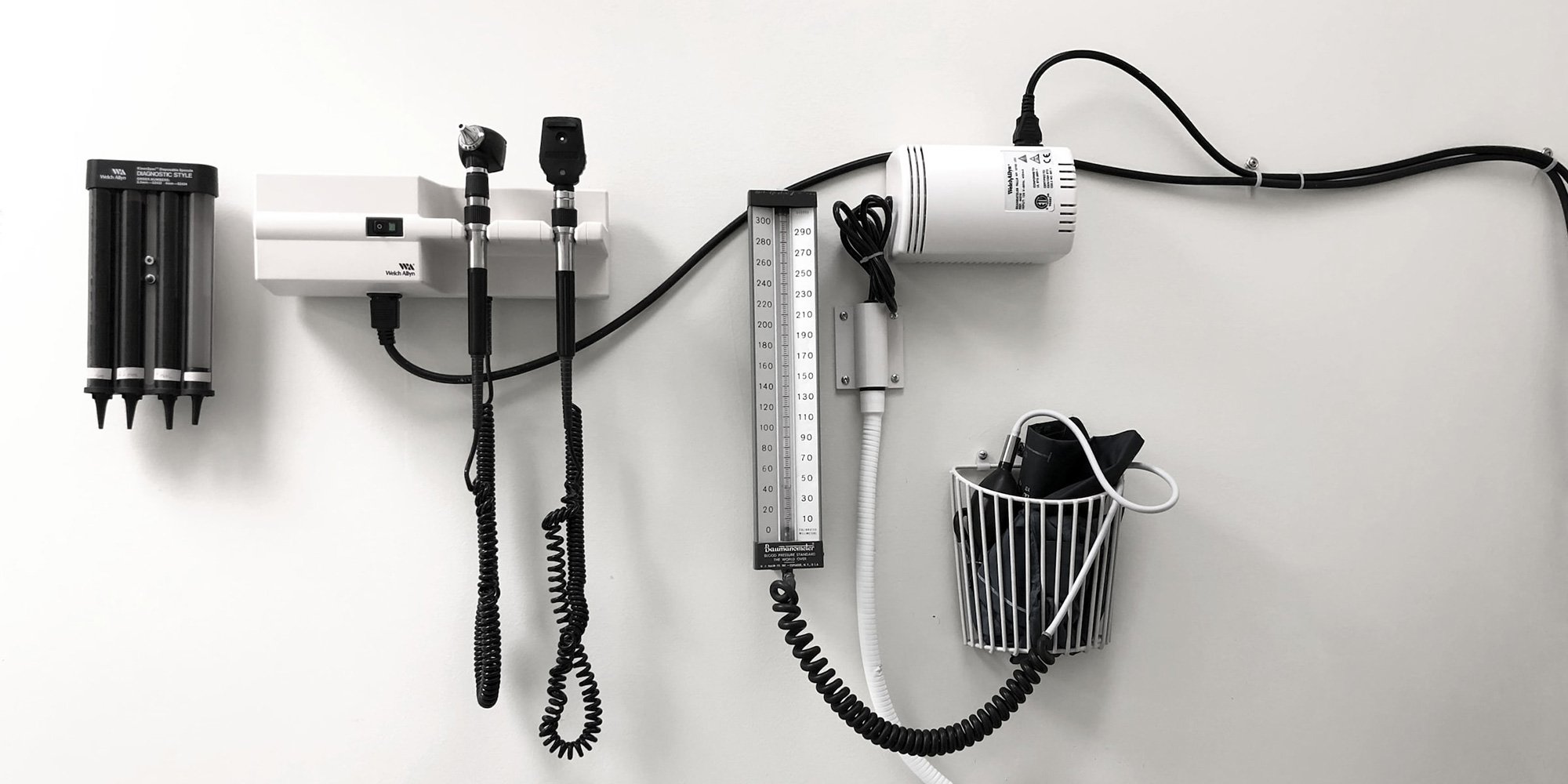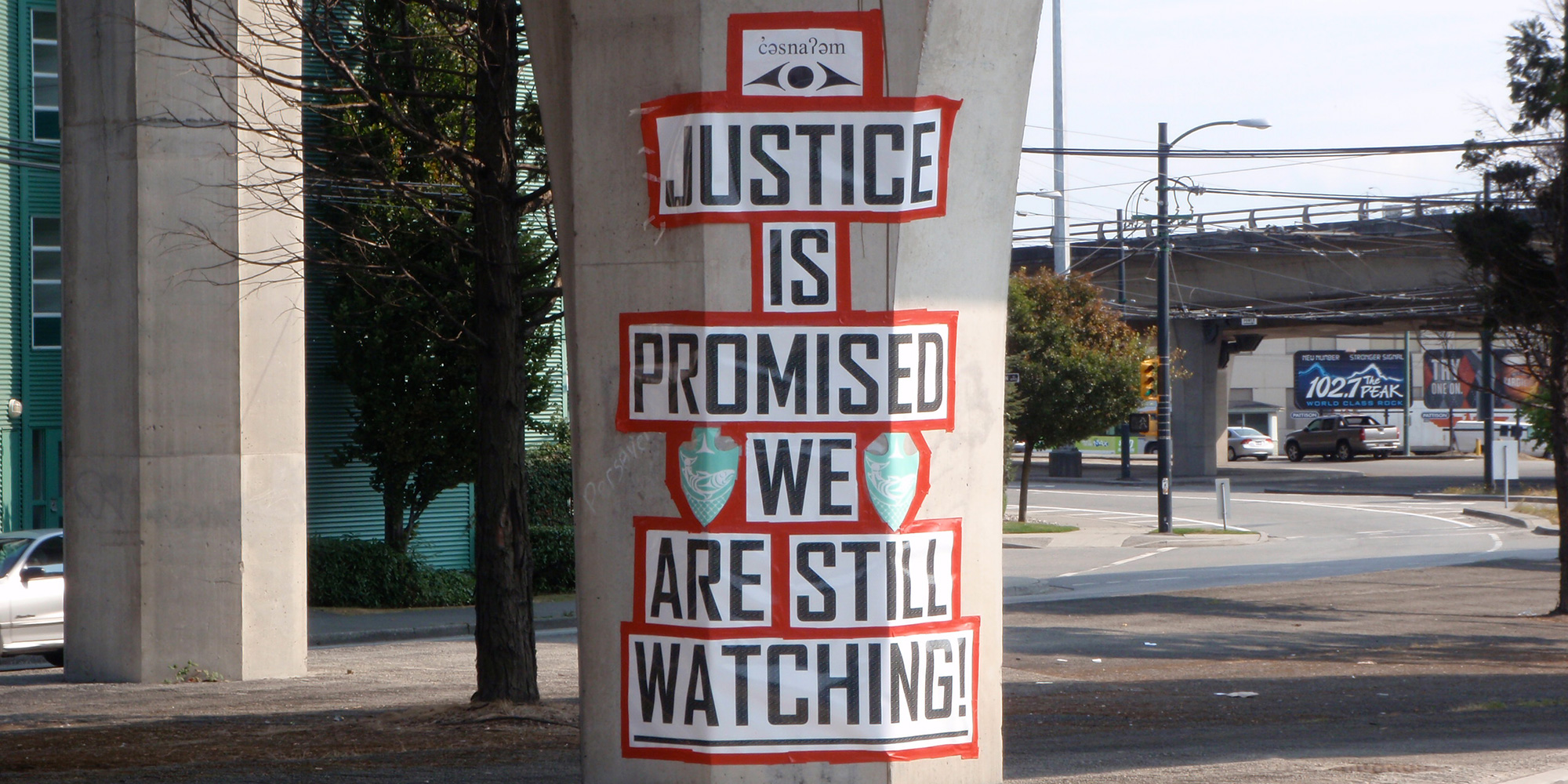Cultural Competency in Indigenous Health Care
What is a culturally competent healthcare environment? It is an environment in which Indigenous people feel culturally safe... where they are treated...
1 min read
Bob Joseph February 21, 2013

Fixing the way in which healthcare is delivered to Indigenous people is a massive, complex undertaking on the national scale. However, on a smaller scale, simple things can be done at the first point of contact, and throughout the care organization that will make a world of difference to not only the Indigenous patient but also to the health care practitioners. The first step in fixing the system is to create a culturally competent environment for Indigenous patients.
#1 Get to know the Indigenous culture(s) in the intake region; the cookie-cutter viewpoint will not work. No two cultures are the same; First Nations, Metis and Inuit people have unique cultures and influences.
#2 Take the time to become familiar with the protocol, social structure, and social nuances of the communities and people within the intake region. In some cultures, direct questions coupled with eye contact would neither be welcomed nor considered acceptable.
#3 Health care practitioners are considered authority figures so keep in mind the historical relationship between Indigenous Peoples and authority - the legacy of residential schools is frequently the “elephant in the room”.
#4 Relating back to the “authority” issue - some Indigenous patients might feel hesitant to ask questions - don’t assume that if they answer “no” to the question “do you have any questions?” that what you have said is fully understood.
#5 Understand that traditional healing practices are very much part of most Indigenous cultures. Asking the patient about traditional healing practices not only opens a door to respect and communication but also signals that traditional practices are acknowledged and respected.
#6 Do not take a top-down approach to a course of action - try instead to involve the patient by asking for their input.
#7 Your timeline and schedule should not dominate appointments with Indigenous patients.
#8 Do an honest self-analysis of your views - do you secretly harbour stereotypical images and viewpoints?
#9 Consider taking an Indigenous awareness course. Understanding the history, influences, protocols, challenges and issues will provide the confidence and knowledge to create a culturally competent environment.
Featured photo: Pexels

What is a culturally competent healthcare environment? It is an environment in which Indigenous people feel culturally safe... where they are treated...

The Marpole Midden, just outside Vancouver, British Columbia, is believed to date back 4000 years. It is one of the largest pre-contact middens in...

Indigenous awareness is a broad term – I know because my onsite and public workshops are dedicated to helping people understand the full extent of...